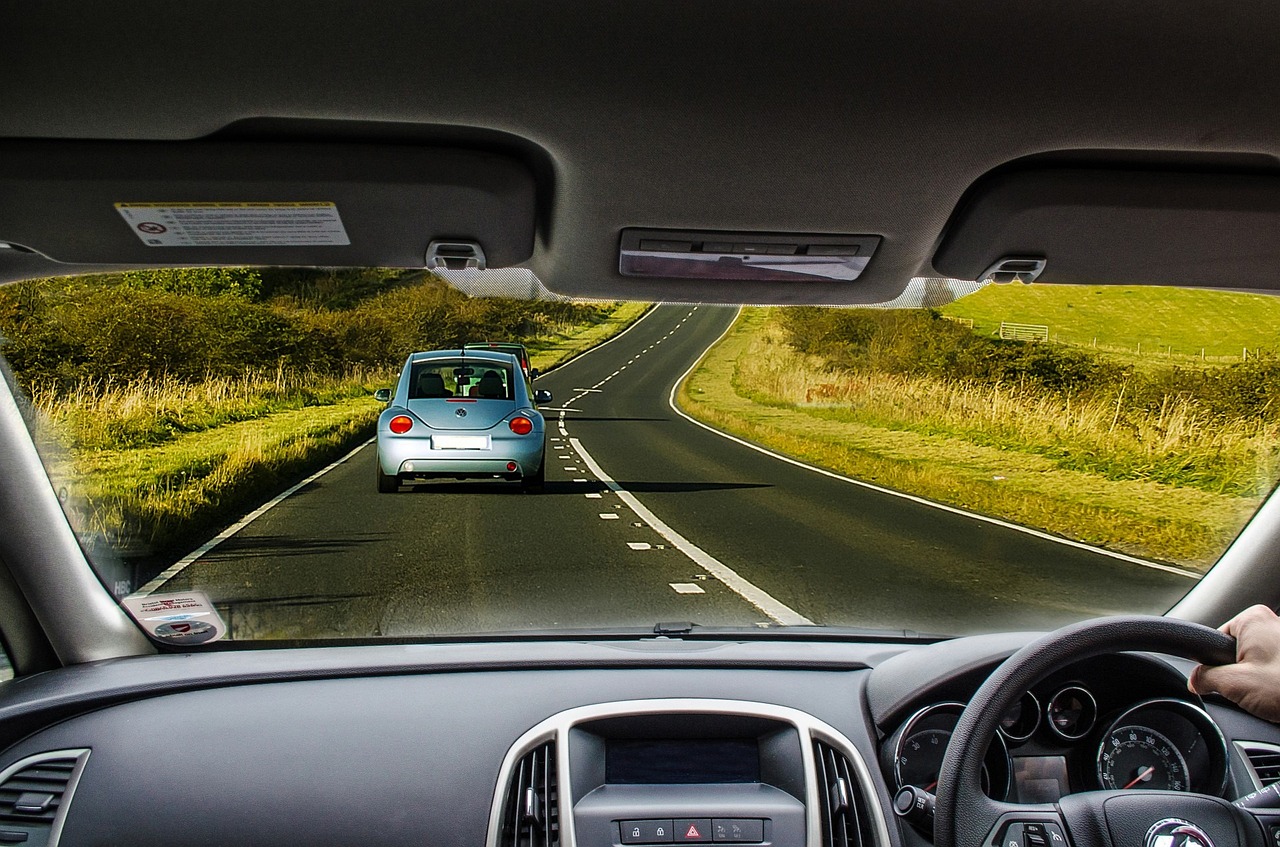By Samwel Ouma
The car interior is one of the most important aspects of a vehicle that contributes to the overall driving experience. A well-designed car interior should provide comfort, convenience, and safety to the driver and passengers.
The overall design of a car’s interior is critical to its appeal. Car manufacturers often work with design firms to create appealing and functional interiors. Contemporary car interior designs complement the exterior aesthesis with the two working together to create a cohesive look. Some car manufacturers use themes to create a consistent look across their model range. The layout of the interior is also crucial.
A well-designed interior should be ergonomic, with all the controls and buttons within easy reach of the driver. The seats should be comfortable and supportive, and there should be enough space for the driver and passengers to move around comfortably. The location and size of the windows, sunroof, and doors should also be considered to provide adequate visibility and ease of access. Materials Car manufacturers use a wide range of materials to create car interiors.
The most common materials include leather, cloth, plastic, and metal. Leather is often used in high-end luxury cars, while cloth is used in more affordable models. Plastic and metal are used for various parts of the interior, including the dashboard, door handles, and steering wheel. The materials used in the interior also affect the overall quality of the car. High-quality materials are more durable, easier to clean, and provide a better feel than lower-quality materials.
The use of high-quality materials can also increase the value of the car, making it more attractive to buyers. Features The features of a car’s interior can vary greatly, depending on the make and model of the car. Some features are standard in most cars, while others are optional or only available in certain models. Common features include air conditioning, power windows, and mirrors, a sound system, and a navigation system.
Other features that are becoming increasingly popular include wireless charging, heated and ventilated seats, adaptive cruise control, and driver-assist systems. These features can greatly enhance the driving experience and make the car more convenient to use. A well-kept car interior is essential for several reasons, including the following:
Comfort
A well-maintained car interior can provide comfort to the driver and passengers. A clean and well-kept interior creates a pleasant environment that makes driving more enjoyable.
A dirty car interior can be a breeding ground for germs, bacteria, and other harmful microorganisms. These can cause health problems such as allergies, respiratory problems, and infections. Regular cleaning and maintenance of the car interior can help reduce the risk of illness.
Safety
A cluttered or dirty car interior can be hazardous, as loose items can become projectiles during an accident, and dirty windshields can impair visibility. Proper maintenance can help ensure that the car’s interior is safe and secure. A well-kept car interior can increase the resale value of the vehicle. Prospective buyers are more likely to pay a higher price for a car with a clean and well maintained interior.
Aesthetics
A clean and well-kept car interior looks better than a dirty and unkempt one. The overall appearance of the car is enhanced, and it can be a source of pride for the owner. How car interior improves road safety Car interior plays a crucial role in improving road safety in several ways.
Here are some of the ways car interiors can improve road safety:
Visibility
A well-maintained car interior can improve visibility, which is crucial for safe driving. Clean and clear windows, mirrors, and windshields provide a better view of the road and surroundings, reducing the risk of accidents.
Ergonomics
The design of the car interior can impact the driver’s comfort, reducing fatigue and stress. A comfortable and ergonomic interior can help the driver maintain focus and alertness, reducing the risk of accidents.
Modern car interiors come equipped with various safety features, such as airbags, seat belts, and crumple zones. These features work together to protect the driver and passengers in the event of an accident.
